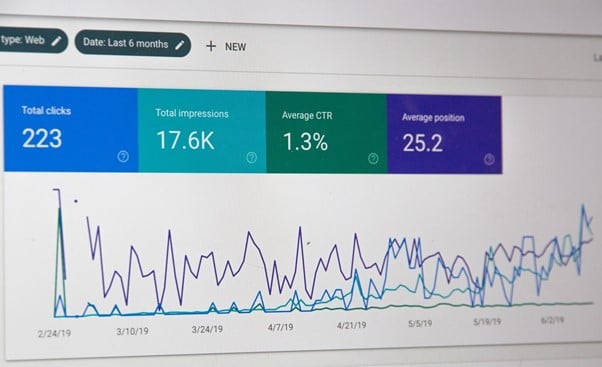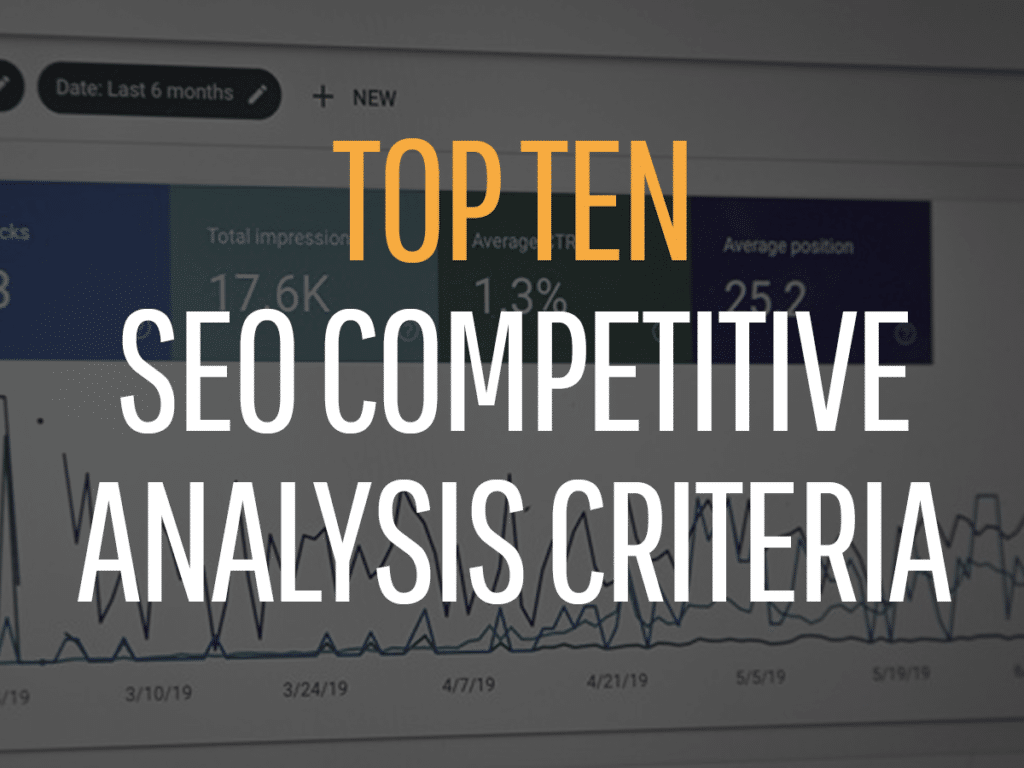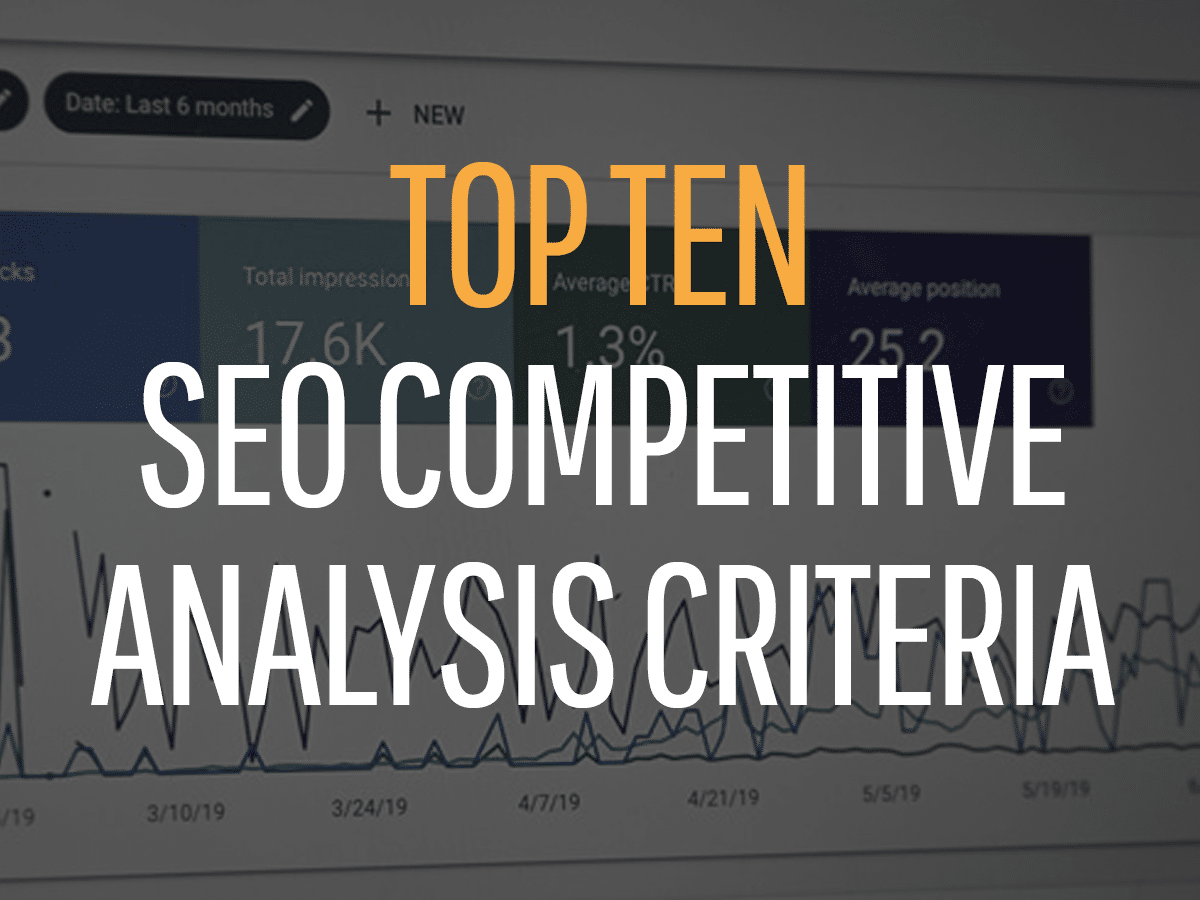Ten SEO Competitor Analysis Key Areas
 https://unsplash.com/photos/shr_Xn8S8QU
https://unsplash.com/photos/shr_Xn8S8QU
In order to understand how to develop a project and in what direction to move, periodically you need to make a full or partial analysis of competitors. At the beginning of work, when there is only a general idea of how the site should look in a given niche, the analysis of competitors is necessary.
Why do we need an SEO competitor analysis?
The principle of “Look at your competitors and do better” has been working in SEO for a long time. It’s not about copying or “peeking” at ideas, only analytics. The study of similar sites in the same category allows you to analyze trends in a niche, to trace patterns. This applies to both search engine optimization and to validating marketing and advertising decisions. You can read a bunch of materials on search algorithms, assessors, and ranking factors, but they will be different for each topic. It’s important to know what our competitors have and what we don’t have because that’s how they get to the top of the search results.
Analysis of competitors helps to identify priority areas of development, to show whether the project is moving in the right direction. Any indicator can be important, each area and subject matter have their own principles of ranking so that any little thing can be decisive. Also, SEO-analysis of competitors should be carried out at the beginning of work on the project, for a new site or portal, which had not previously been promoted. This will help to dive deeper into the topic, to understand how this area works, what is important here, and what is not.
To conduct a comparative analysis of competitors you need:
- find competitors;
- select parameters for analysis, collect data;
- compare and draw conclusions.
To analyze competitors, understand which data to rely on, what, and how to compare. SEO specialists have a huge number of services and tools in their hands that collect data about competitors. But not all indicators are needed, as many of them may be duplicated or not important for comparison. The article is not about internal optimization, there are things that must be done regardless of similar sites and their positions, so to speak SEO-axioms, such as the transition HTTPS-protocol or the availability of a mobile version. We have chosen the most revealing, proven parameters and divided them into blocks.
General metrics and link profile
The competitive analysis begins with scanning sites by various services for the selected indicators for analysis. All numerical figures you should mark in the table. To make initial conclusions and use them in further analysis this is a simple, quick, and clear way to determine which site is better in what.
Competitors’ positions
For a starting point, we pay attention to visibility in search engines – in fact, this is the most important indicator for us and all other parameters must confirm it. It is better to take data from statistics collection services, such as Topvisor, Allpositions, or any other. This isn’t critical, but the main thing is that there’s a function for analyzing the visibility of the site. Site visibility is calculated as the percentage of requests in the Top 10 of the total number of requests, taking into account their frequency. The more the site is optimized and important from the viewpoint of search engines, the higher the metrics and the more queries in the TOP.
Basic data
Age is important, the older a domain is, the more credibility it has on the part of search engines. However, if a new site shows the rapid growth of traffic and positions – you should pay close attention to this site. It means they are doing something right! The higher the SQI, the number of pages in the index, and the number of users, the better and higher the site ranks in the search results, taking into account the best possible position, and thus attracts more traffic from direct competitors. In further work, you can focus on the portals with the highest rates.
Key parameters:
- SQI – site quality index. The complex parameter shows the trust on the part of users and the “weight” of the website.
- Indexation in Google is the number of indexed pages in search engines. These numbers should approximately coincide with each other within one site. The bigger number of pages in the index, the more pages users will be able to find through search.
- Visitors per month – how many users come to the site.
- Organic links show in a percentage how organic the link profile of the site is and how similar it is to the natural one. The more low-quality “bought” links, the greater the risk that a large number of not organic links will be under restrictions. Accordingly, the higher the index, the better.
- Visibility in the Top from the PR-CY can be used if there is no data on visibility, or the data is approximate, but it shows the overall picture. For comparison of competing sites, the accuracy of this data is sufficient.
Behavioral factors and traffic sources
For analytics, we will use Similarweb data – not the most accurate service, especially for small sites, but for general analytics, there is no better alternative. The information on the sites is taken by the service from Google Analytics, so their terminology is used. When checking, the indicators don’t always match up, and on certain pages, they don’t match up at all. General data on user behavior helps to draw conclusions about how long users study in detail internal pages. Behavioral factors are one of the most critical criteria for assessing the site’s efficiency. This means that you should work to enhance user engagement.
We’ll need the following key parameters:
- Attendance graph – allows you to see the dynamics of site development, or determine the seasonality.
- Country Rank, Category Rank – Country and Category Rank.
- Monthly Visits – visits per month.
- Visit Duration – viewing time.
- Bounce Rate – refusals.
Next, we get a basic picture of different traffic channels, where and how many users are coming from. We can conclude which channel has low traffic and what can be used for an additional source of visitors. For example, to develop social networks or a youtube channel. In some areas, they give a good percentage of clicks on links, and also increase trust from search engines:
- Display
- Paid Search
- Search
- Referrals
- Direct
Linkbuilding strategies
External link profile analysis will show you what linkbuilding techniques your competitors use. Easy tools like the browser-based SEO & Website Analysis framework can be used to calculate the number of domains and referring pages. More serious systems, such as Ahrefs or Serpstat, would be able to provide a more comprehensive collection of data. They may, for example, organize referring domains by region and upload each site’s anchor lists. The last point is critical because you’ll be analyzing the dynamics of their promotion with anchor ties visually. As a result of studying competitors’ connection strategies, you can learn how complex their external profile is, where they are placed on the site, how they work with commercial entries, and which domains they use as donors.
Link profile
Ahrefs should preferably assist you in evaluating the connection profiles of your competitors. This will show how the site’s link profile has changed over time, how many links there should be, and whether the competitors are using any link strategies. Also, to keep an eye on the sites where competitors’ links have been published in order to pitch to them there if they are good. To collect the data, you can make a checklist in any form where it’s convenient to fix and track it.
Page loading speed analysis
Page loading speed plays a big role here. This is one of the main features of a quality website from the point of view of search engines. Basically, the faster the pages load, the better for users. You need a separate indicator of each page, often a site can have a well-optimized loading of the desktop page or only the home page. In fact, the loading speed of the home page may not be as important as the catalog or product pages, because of which the users interact the most with.
Technical aspects of the site
When doing SEO competitor analysis, it’s crucial to understand the technological aspects of their websites, among other things. The BuiltWith Technology Profiler chrome plugin is the most readily available tool for this task. It offers detailed information about the type of CMS used, frameworks, JavaScript features, analyzes libraries, content, and other technical aspects of the web in just a few clicks.
Select your keywords
It’s time to review all of the data gathered on your and competitor sites in order to pick the best keywords for your SEO process in the short, medium, and long term. This will be based on a set of parameters such as keyword relevance, traffic volume, and quality. The positions where you are most competitive in terms of visibility and content would be the best way to start.
Social activity analysis
The analysis of social media marketing tactics will help you find out which platform works best in your niche. It will also reveal which social networks are worth investing in. To do this, study the number and activity of subscribers on various social platforms. These find out how actively they like, repost, and comment on posts. You will be able to learn effective SMM techniques and understand which content resonates the most with the audience after performing such an analysis.
Following through on these ten key areas of SEO competitor analysis criteria will help make the best marketing decisions. This will also ensure you’re headed in the right direction and can get a headstart on your competitors.
Bio
Helen Wilson is a professional content writer. Her main spheres of specialization are Marketing and SEO. She studies topics about psychology and health, and she is also a custom writing editor.




